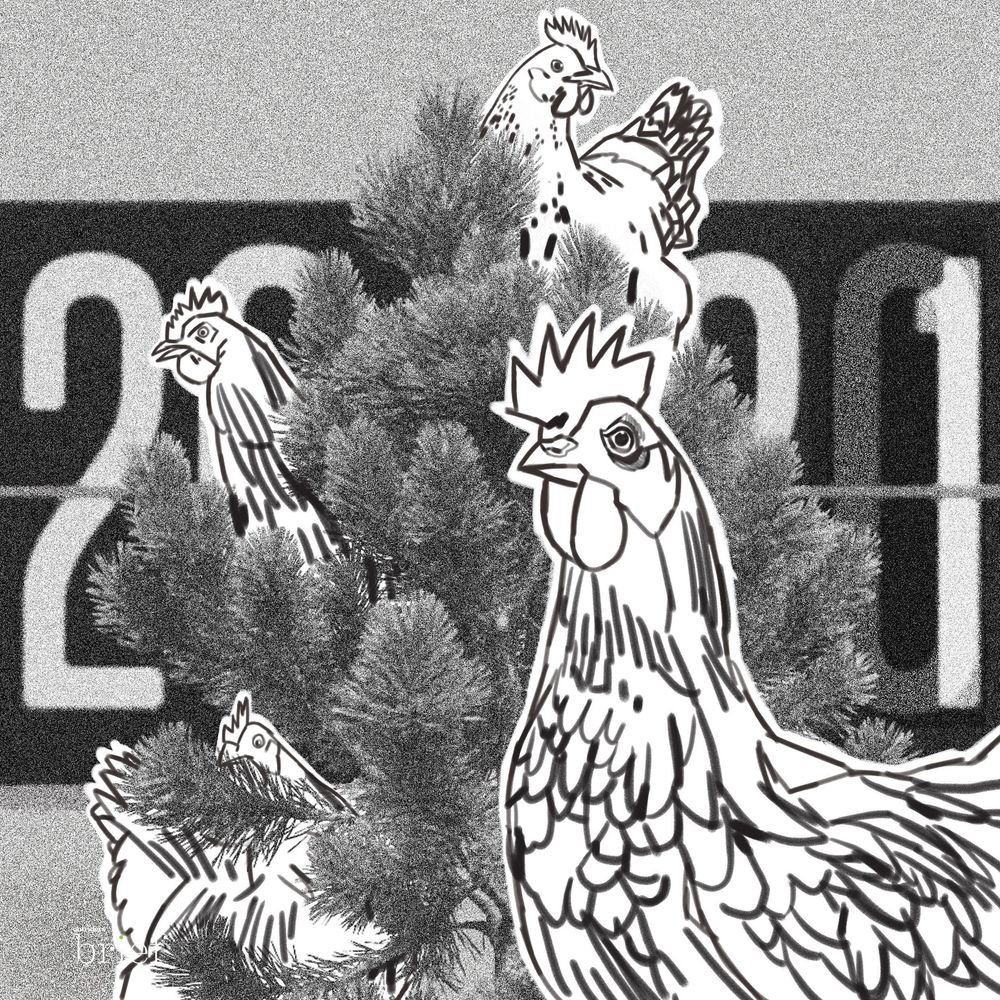Oceans on the Uranus’ moons and the powerful sun storms to come
Scientists believe that the moons of Uranus may possess underground oceans capable of sustaining life. The main candidates are the planet’s biggest natural satellites – Miranda, Ariel, Umbriel, Titania, and Oberon. They share many similarities with Europa and Enceladus, Jupiter’s moons, already considered hospitable to life. To see if the theory is true, scientists would have to confirm the existence of magnetic fields from the oceans’ current. That will probably be possible no sooner than in 2042 – or when the space mission to Uranus will get there.
There is a possibility that the U.S. will remain without a functioning space station “for years”, once the International Space Station is retired. Working now for over two decades, ISS is close to its operating deadline of 2024. And even though it will most probably be prolonged for six more years, the Station itself is getting old. Meanwhile, the American administration lacks a plan of what to do next. The help could come from the private sector, but there is little time left – it took the current ISS 14 years from the conception to the first modules being put on the low-Earth orbit.
The solar storms of the coming years will be more energetic and frequent, according to some scientists. The new solar cycle has just started, and the consensus states it will be “small to average”. The team of Scott McIntosh from the American National Centre for Atmospheric Research claims that the coming sunspot cycle will be one of the strongest ever recorded and will double the consensus prediction. If true, it means danger to satellites or even on-Earth power grids – with trillions of dollars of potential losses.























